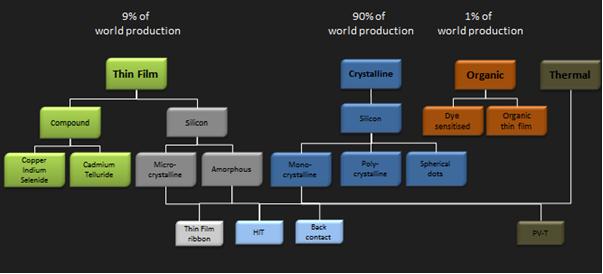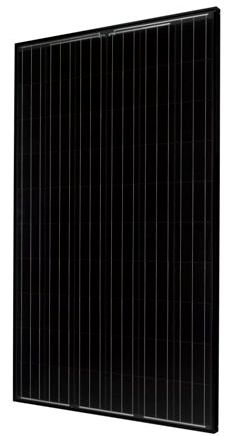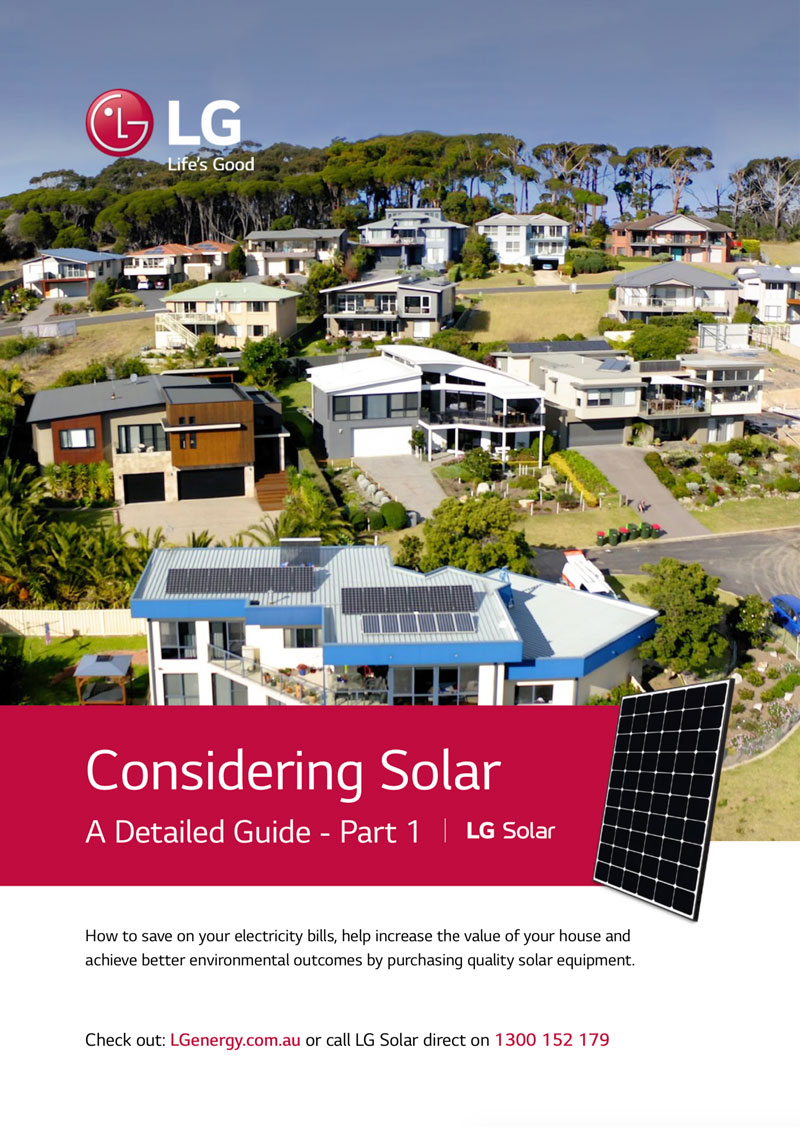What are the various solar power technologies?
There are actually many dozens of different elements, chemicals and materials that can be combined together in a variety of forms that will exhibit the photovoltaic effect. Some exhibit specific characteristics that make them behave better – or worse - in certain situations. For example, you can chase efficiency (great if you don’t have much space) or better high temperature performance (for hotter climates) or wider spectrums of light (if you have weaker sunlight) or simplicity and robustness.
Ultimately, there are always compromises to be made and silicon crystalline cells have become the most popular because they are a good compromise between performance, low toxicity, robustness and cost.
The following diagram describes the majority of technologies available today.

Monocrystalline and polycrystalline solar cells are both made from silicon and today are roughly the same price and roughly the same performance level when they are assembled into a finished solar panel.

Monocrystalline cells are made by building up a structure that is a single crystal (called a bule) and because of its structure; electrons are able to move about more freely theoretically providing better efficiency. However, bules are round and therefore have to be cut down to pack neatly together into a solar panel, so the lost space between cells is wasted.
Polycrystalline cells are made in a similar way to metal casting with raw silicon melted into ingots which cools with the crystals randomly aligned, and then sawn into whatever shape is required. Therefore despite the fact that the electrons have to battle their way through the random crystal structure of the cell, they can be packed more tightly into a solar panel, increasing the amount of active area.
Solar Power Fast Facts:
- Solar cells, most often made of crystalline silicon, are the “active” part of a solar panel that creates electricity. They are typically 125mm x 125mm and around 200 microns thick. Each cell produces around 2.8Watts.
- A solar panel, also called a solar module is made up either 72 or 60 solar cells. They are electrically interconnected in series and parallel and sandwiched between glass and plastics, then framed. A solar panel typically produces around 200Watts at 24 Volts DC.
- A solar array is a group of solar panels connected together.
- A solar system is a solar array connected together with electronics and other hardware to complete a fully functional system.

